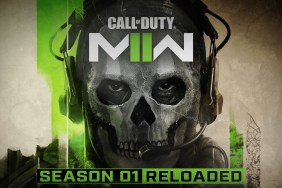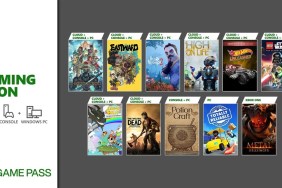The war of four (five with DLC) factions.
Both Total War and Warhammer are violent, tactically-oriented, and rich with history. Their marriage was inevitable, and now we get to see whether or not it is a match made in heaven.
Total War: Warhammer is the latest iteration of the…
-
Great Warhammer IP representation
-
Strong diversity among factions
-
Addictive tactical combat with fantastic scale
-
Exciting elite unit design
-
Diplomacy is well-composed
-
Optimized and attractive presentation
-
City management is underdeveloped
-
Most elite units are gated behind hours of city development
-
Quests are inconsistent
-
Chaos Faction is locked behind week one purchase/DLC











